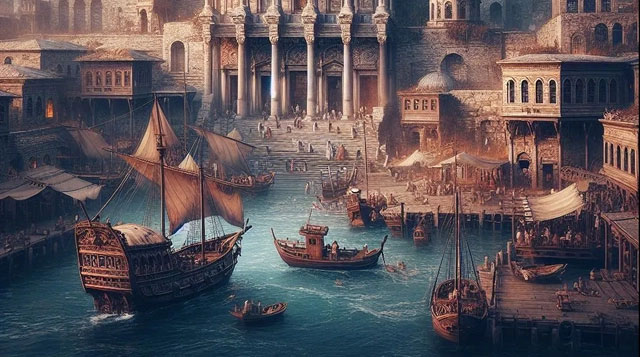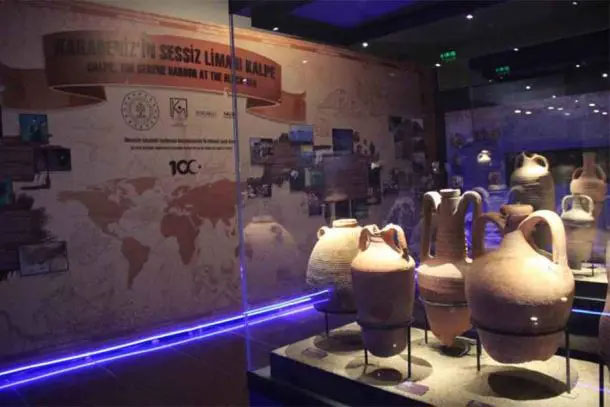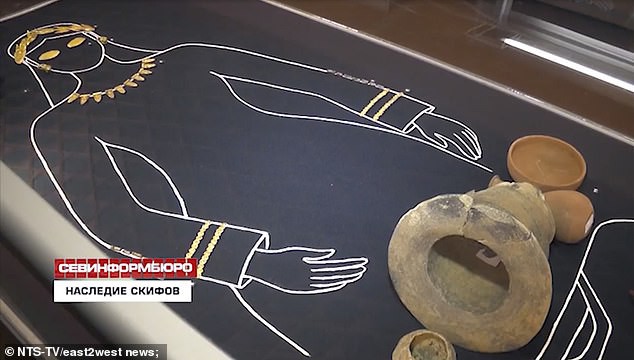The first underwater excavation in the Black Sea has revealed the ruins of Kerpe, a prosperous harbor throughout the Roman, Byzantine and Genoese periods .
According to Ancient Origins, excavations of the Kerpe ruins in the Black Sea began in 2020 and so far archaeologists have collected a rich collection of artifacts, revealing vibrant life in one of the wharves. The most important port in ancient times.
This trading port is attached to an ancient town, where an archaeological team from the Kocaeli Museum (Turkey) found artifacts dating back to 2,400 years old.
 A busy port has existed across many empires on the Turkish side of the Black Sea – (Graphic photo).
A busy port has existed across many empires on the Turkish side of the Black Sea – (Graphic photo).
Kerpe existed throughout the Roman Empire, Byzantine and Genoa, and was a popular stop for ships on the Black Sea in ancient times.
According to an introduction in the archaeological magazine Anatolian Archeology, Kerpe port was also an important trading port in supplying wood and fuel to the city of Istanbul during the Ottoman Empire.
Unfortunately, after 1,500 years of occupation, this harbor has sunk under the waves.
 Some artifacts from Kerpe are displayed at the museum – (Photo: Kocaeli Museum).
Some artifacts from Kerpe are displayed at the museum – (Photo: Kocaeli Museum).
To access the Kerpe ruins, the excavation team dived to a site about 80 km off the Turkish coast, to a depth of 4 m, where artifacts were scattered over an area of about 2,000 m 2 , including 2 parts of the wharf. ancient ship.
“We believe that the harbor is extremely valuable in highlighting the trade relationship between the East and the West from antiquity to the Ottoman period in the Black Sea,” archaeologists said in a statement. announcement.
Artifacts from ancient Kerpe will be displayed at an exhibition titled: “The Silent Harbor of the Black Sea: Kalpe” . In particular, Kalpe Bay is how the ancient people here called the Black Sea.

The exhibition will include a series of artifacts representing the lives of people and commercial activities in the region, including extremely valuable artifacts such as amphorae dating back to the 4th century BC, red glazed ceramics, shipwrecks…





